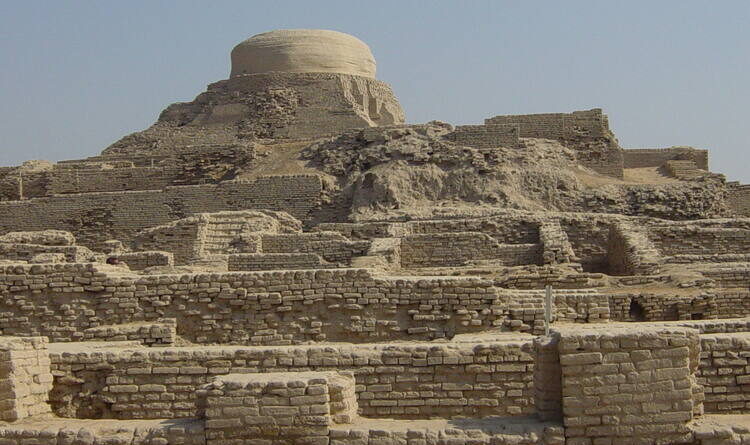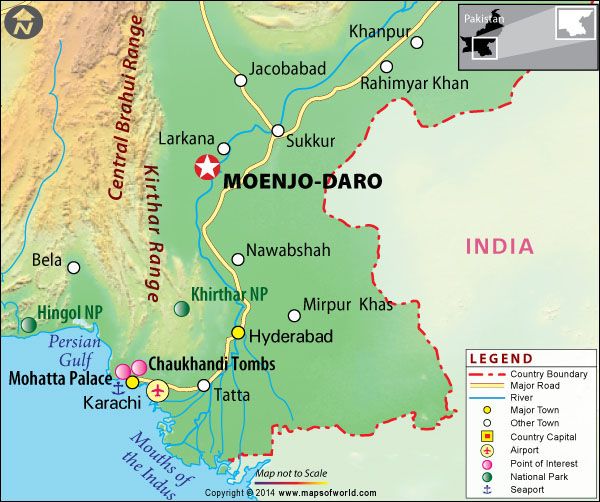Mohenjo Daro
Unraveling the Mysteries of Mohenjo Daro:
Mohenjo Daro, an archaeological marvel nestled in the vast expanse of the ancient Indus Valley, stands as a testament to the rich history and advanced civilization that once flourished on the Indian subcontinent. The ruins of Mohenjo Daro, discovered in the 1920s, have sparked the fascination of historians, archaeologists, and enthusiasts alike, offering a window into the daily life, culture, and urban planning of one of the world’s oldest civilizations.
Location
Discovery and Excavation:
Mohenjo Daro, meaning “Mound of the Dead” in Sindhi, was unearthed in 1922 by Sir John Marshall, the Director-General of the Archaeological Survey of India. The site, located in present-day Pakistan’s Sindh province, is one of the major settlements of the ancient Indus Valley Civilization, also known as the Harappan Civilization. Excavations revealed a well-planned city that thrived around 2600 BCE and 1900 BCE, making it roughly contemporaneous with ancient Mesopotamia and Egypt.
Urban Planning and Architecture:
One of the most intriguing aspects of Mohenjo Daro is its advanced urban planning. The city is laid out in a grid-like pattern with well-defined streets and blocks. The buildings were constructed using standardized bricks, and many structures boasted multiple stories. The Great Bath, a large, rectangular tank with an elaborate water drainage system, suggests a sophisticated understanding of hydraulics and communal bathing rituals.
The residential quarters were equipped with private wells and drainage systems, indicative of a society with a focus on hygiene and sanitation. Intriguingly, there is no evidence of a centralized palace or grand structures that typically define other ancient civilizations, raising questions about the nature of Harappan political organization.
Trade and Economy:
Mohenjo Daro’s strategic location along the banks of the Indus River facilitated trade with other contemporary civilizations. Artifacts discovered at the site, including seals with Indus script, suggest a system of writing, though it remains undeciphered. The city’s inhabitants engaged in trade with regions as far as Mesopotamia, evidenced by the discovery of Harappan artifacts in Sumerian cities.
Decline and Abandonment:
The reasons behind the decline and eventual abandonment of Mohenjo Daro remain speculative. Theories range from environmental factors, such as changes in the course of the Indus River, to socio-political upheavals or natural disasters. The lack of conclusive evidence has fueled debates among scholars, adding an air of mystery to the fate of this once-thriving city.
Legacy and Significance:
Mohenjo Daro’s legacy extends beyond its physical ruins. As one of the cradles of civilization, it offers crucial insights into the social, economic, and technological advancements of the ancient Indus Valley Civilization. The city challenges conventional notions of urban development and highlights the sophistication of a society that left behind a lasting impact on the Indian subcontinent.
Conclusion:
Mohenjo Daro, with its well-planned urban layout and advanced technological features, serves as a captivating archaeological puzzle, inviting scholars and enthusiasts to unravel the mysteries of an ancient civilization. As ongoing research continues to shed light on the secrets of this remarkable site, Mohenjo Daro remains a symbol of human ingenuity and resilience across the ages.

